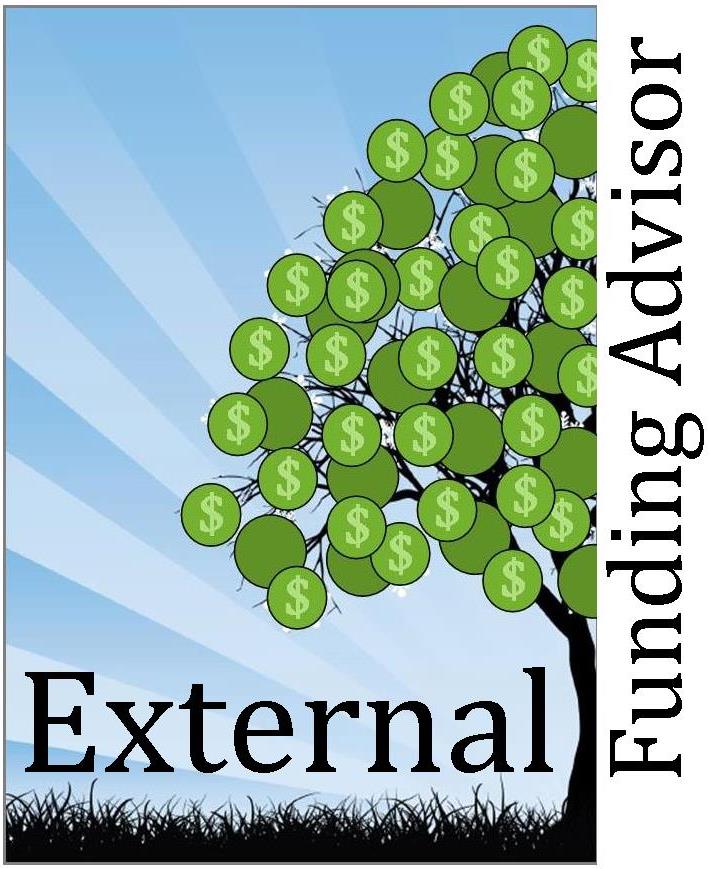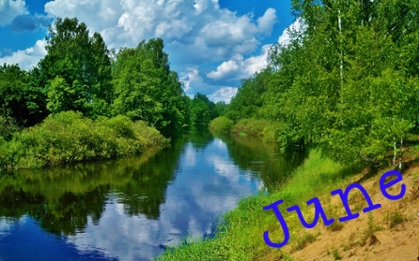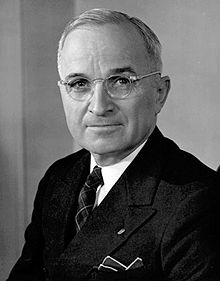Office of Sponsored Programs Administration & Accounting
|
||
|
||
Notice:Regular Business Hours: Monday - Friday, 8:00 - 5:00pmFrom May 9, 2016 - Aug. 19, 2016, the Office of Sponsored Programs will be following JMU's Summer Schedule: |
||
Funding News |
||
Federal Science and Engineering Funding for Academic Institutions Sees First Increase in Five Years: 6% Bump in FY2014
In current dollars, federal S&E obligations to academic institutions fell by $1.8 billion between FY2012 and FY2013, then increased by $1.7 billion between FY2013 and FY2014. During that period of rising funds, the number of academic institutions receiving funding climbed by one. The Department of Health and Human Services (HHS), National Science Foundation (NSF), and the Department of Defense (DOD) together provided 85 percent of all federal academic S&E obligations. HHS accounted for 57 percent; NSF 16 percent; and DOD 12 percent. Most of the remaining funding came from the Department of Agriculture, Department of Energy and NASA. All six of these agencies saw their obligations increase between FY2013 and FY2014. Federal academic S&E obligations include six categories: research and development (89% of total federal academic S&E obligations annually over the past 3 years); R&D plant; facilities and equipment for instruction in S&E; fellowships, traineeships, and training grants; general support for S&E; and other S&E activities. |
Featured Funding Opportunity |
NSF Research Experiences for Undergraduates (REU)Plan now for your REU application. These proposals are complex and require coordination across the university for planning and support. Our office stands ready to assist you. Full proposal deadline: August 24, 2016 Solicitation 13-542 The Research Experiences for Undergraduates (REU) program supports active research participation by undergraduate students in any of the areas of research funded by the National Science Foundation. REU projects involve students in meaningful ways in ongoing research programs or in research projects specifically designed for the REU program. This solicitation features two mechanisms for support of student research:
Undergraduate student participants in either REU Sites or REU Supplements must be U.S. citizens, U.S. nationals, or permanent residents of the United States. |
NSF Update |
"Where Discoveries Begin..."
NSF Science Communication Toolkit for Principal InvestigatorsNSF offers a science communication toolkit to help principal investigators determine how to share their work with the broader world and communicate it in a way to inspire curiosity. The toolkit and other resources are available at http://nsf.gov/about/congress/toolkit.jsp. |
NIH Update |
OLAW Resources for Writing the Vertebrate Animals Section in NIH ProposalsAre you proposing the use of animal models in your NIH funding application? OLAW has a recent podcast on writing the Vertebrate Animals Section of your grant application. Learn why this section is required in the application, what Check out "Writing Your Vertebrate Animals Section" (mp3 | transcript) and other All About Grants podcasts. |
Timely Topics |
Consider Including Infographics in Your Funding Proposals
|



 According to a new
According to a new 
 Did you Know?
Did you Know? reviewers look for, and how to write it so that it is consistent with your IACUC protocol. Typically, all of the required elements for the VAS can be addressed within 1-2 pages.
reviewers look for, and how to write it so that it is consistent with your IACUC protocol. Typically, all of the required elements for the VAS can be addressed within 1-2 pages. It's a scientific fact that images are processed in the brain faster than words. Hence infographics have become an important tool for communicating a complex story quickly. Visuals draw attention to key messages or explain multi-step processes or complex data sets instantaneously. Creating effective charts and infographics can be time-consuming and frustrating without the right tools. Never mind if you don't have or haven't mastered Photoshop, check out these
It's a scientific fact that images are processed in the brain faster than words. Hence infographics have become an important tool for communicating a complex story quickly. Visuals draw attention to key messages or explain multi-step processes or complex data sets instantaneously. Creating effective charts and infographics can be time-consuming and frustrating without the right tools. Never mind if you don't have or haven't mastered Photoshop, check out these